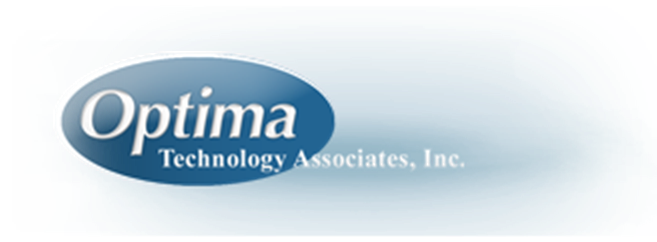The circuit board base material comprises the substrate (or core) and the PCB laminate. The substrate is the non-conductive dielectric material, typically chosen based upon the dielectric constant (dk). Laminates when used in conjunction with substrates provide the copper foil or surface material. However, laminates may themselves be used as core material in some board constructions.
Substrates are typically dielectric composite structures that are comprised of epoxy resin and paper or glass weave (sometimes unwoven), which may be supplemented by ceramics to increase the dielectric constant. Substrates are made to meet certain property requirements, like the glass transition temperature (Tg), which is the point where heat causes the material to deform or soften.There are a wide variety of standard substrates from which the majority of PCBs are fabricated. These include FR-1 thru FR-6, CEM-1 thru CEM-5, G-10 and G-11, Aluminum or insulated metal substrate (IMS), Polytetrafluoroethylene (PTFE), RF-35, Polyimide, Alumina and flexible substrates Pyralux and Kapton. FR-4 is by far the most common of these materials.
Laminates are manufactured under pressure and consist of cloth or paper layers and thermoset resin. Just as with substrates, laminates can be made to meet custom requirements or properties. Properties of interest for laminates include tensile and shear strength, the coefficient of thermal expansion, CTE, and Tg. Dielectrics commonly used for laminates include FR-1, FR-4, polytetrafluoroethylene (Teflon), CEM-1 and CEM-3. Also common are pre-preg materials FR-2 thru FR-6, CEM-1 thru CEM-5 and G-10.
Together the substrate and laminate define the basic electrical, mechanical and thermal circuit board properties that, when used in conjunction with an accurate board type, enable you to make the best selection of PCB material for your design.
Circuit boards may be classified in a number of ways:
- component location – single-sided, double-sided, embedded
- stackup – single layer, multilayer
- design – module-based, custom, special
- bendability – rigid, flex, rigid-flex
- strength – electrically strong, mechanically strong
- electrical functionality – high frequency, high power, high density, microwave
The first three of the above criteria are poor candidates for selection as they are not based on circuit board material properties. While bendability and strength are good physical criteria, they do not provide guidance on your board’s ability to function as desired. Electrical functionality is based on PCB function, which makes it a good criterion for design-based circuit board material selection. According to function, PCBs may be classified as the following board types:
- High Frequency (High Speed) – These boards can accommodate frequencies in the 500MHz – 2GHz range.
- High Power (High Current) – These boards must be able to carry high currents, which usually requires wider traces and thicker copper, withstand and effectively dissipate high temperatures.
- High Density (High Density Interconnect) – Typically complex, these boards have thin traces, utilize laser microvias and thin high-performance materials.
- Microwave – Microwave boards usually refer to PCBs where signal speeds from 1GHz to hundreds of GHz are present; however, the microwave spectrum actually extends from 300MHz to 300GHz.
There are a number of physical characteristics or properties that can be used to identify circuit board materials. These characteristics are important and may be used for in-depth substrate and laminate analysis. Additionally, they may be used as metrics for comparison. In the following table, common substrates and laminates used to form the foundation of PCBs are compared according to dielectric constant (dk) and ability to withstand heat (Tg):

While the above table does not list all possible combinations of circuit board materials, it does provide circuit board materials that can be used for standard and special PCB board types and can, therefore, help you make the best selection for your design. As previously mentioned, there are additional circuit board properties that you should include in an overall evaluation of a PCB material. This evaluation should be done in conjunction with your CM to ensure that your design requirements align with your CM’s capabilities.
Optima Technology is a global provider of PCBs, PCB Assemblies, Cables and System Assemblies located in Lewisberry, PA and New Delhi, India. Since 1995, Optima has specialized in providing local support coupled with cost-effective pricing via offshore manufacturing through our ISO approved facilities. Please reach out to optima@optimatech.net if you’d like to discuss further your PCB or Electronic Assembly needs.


